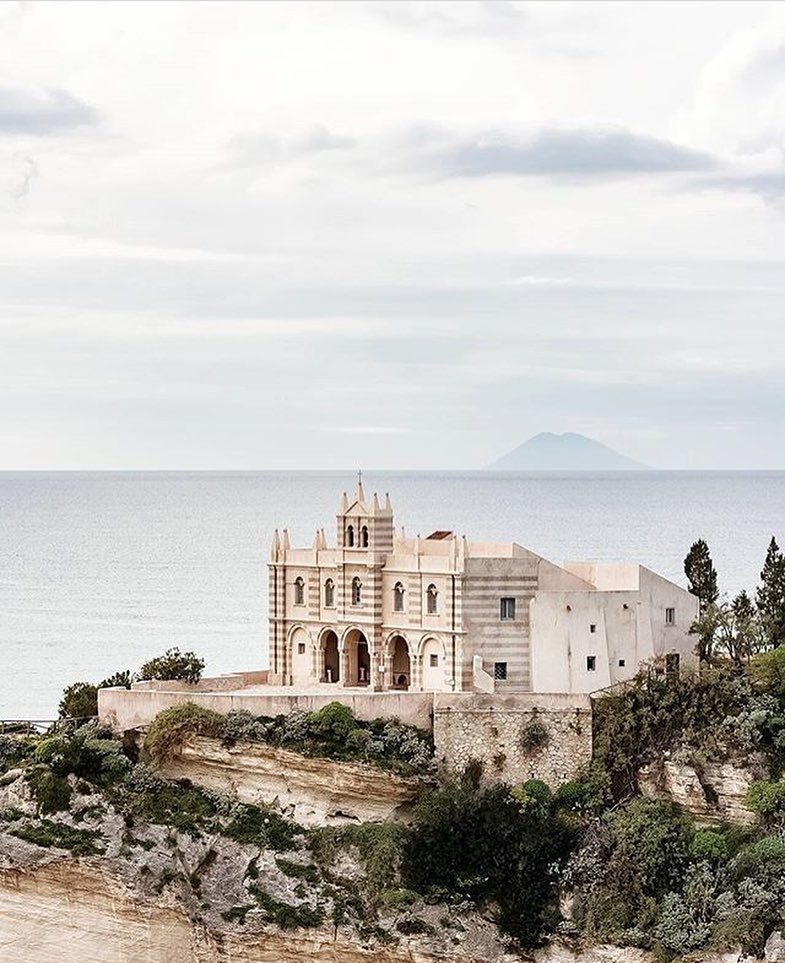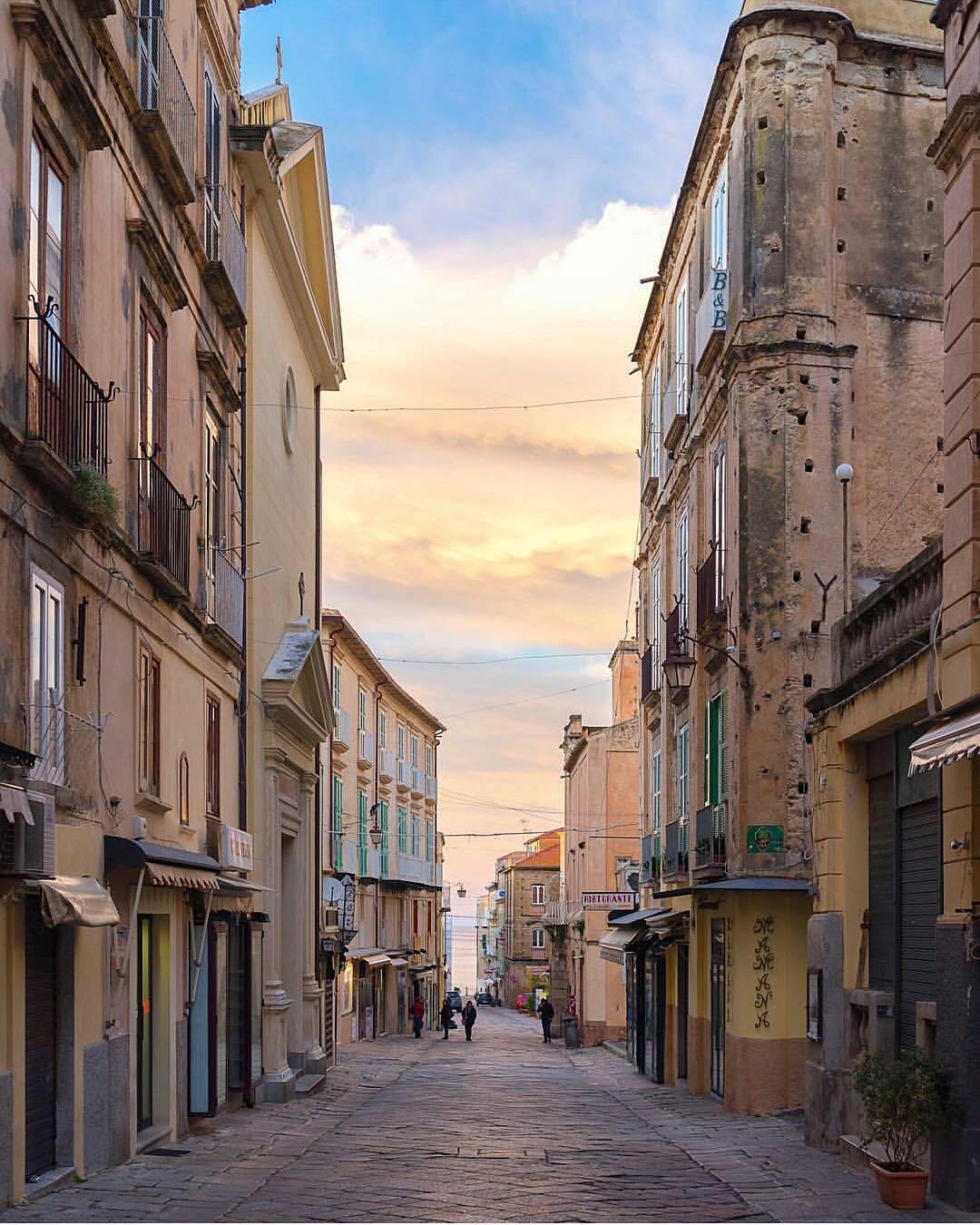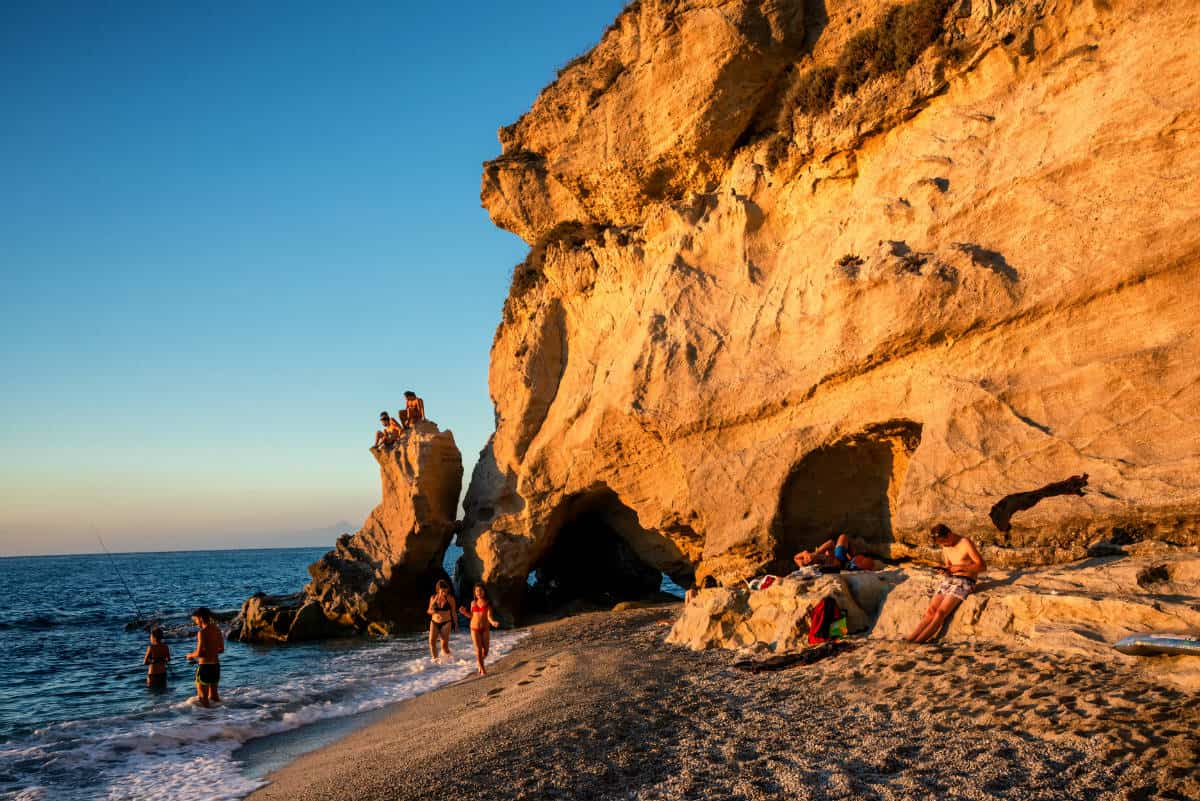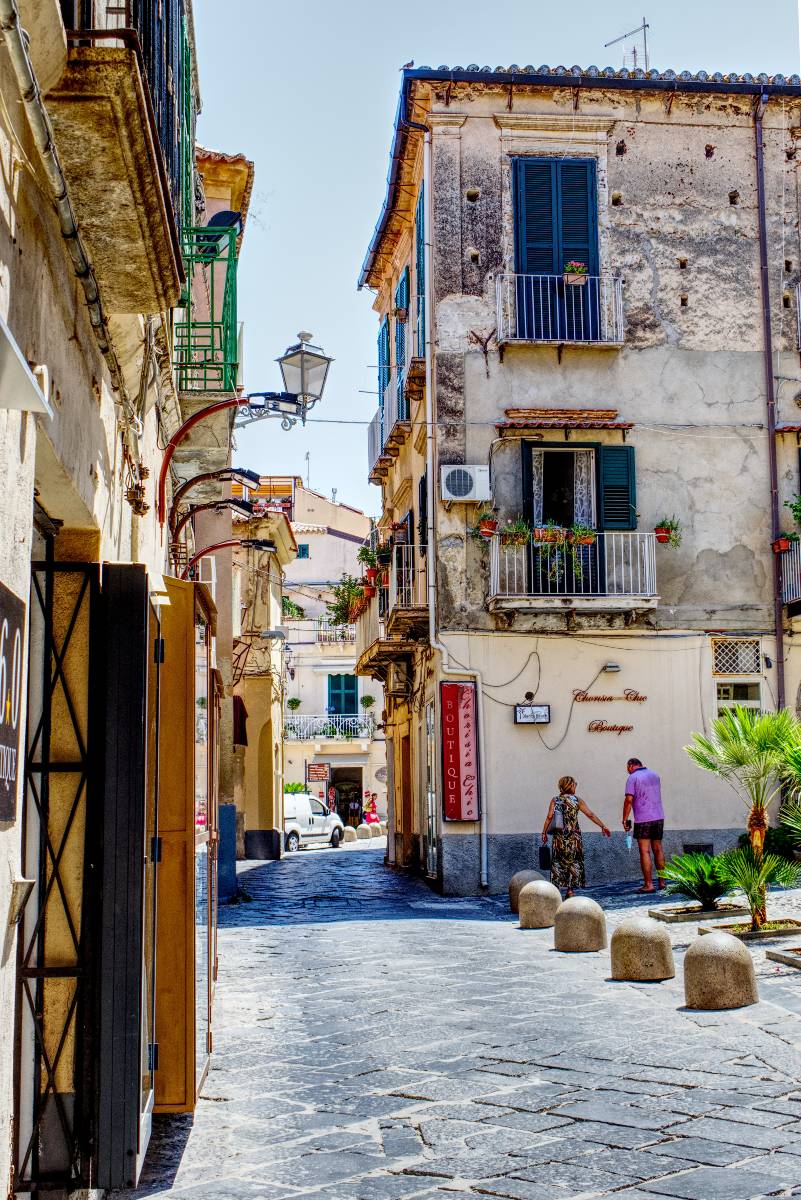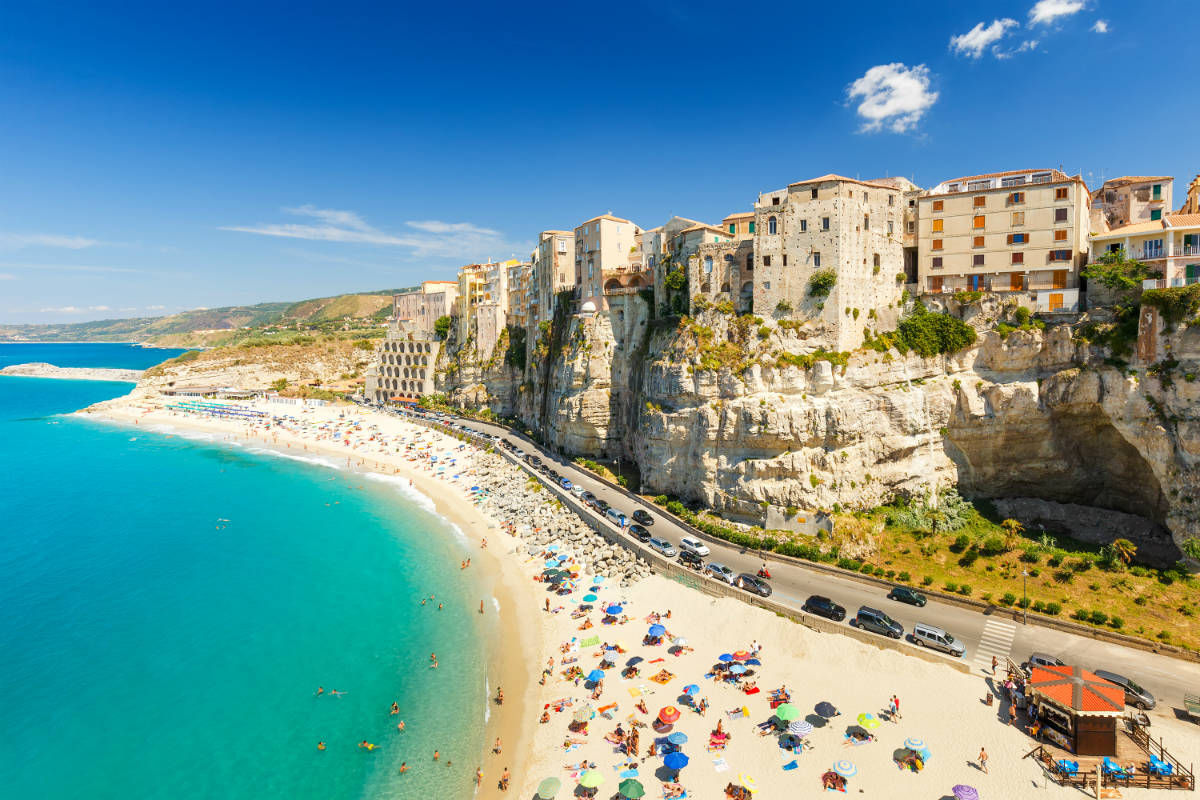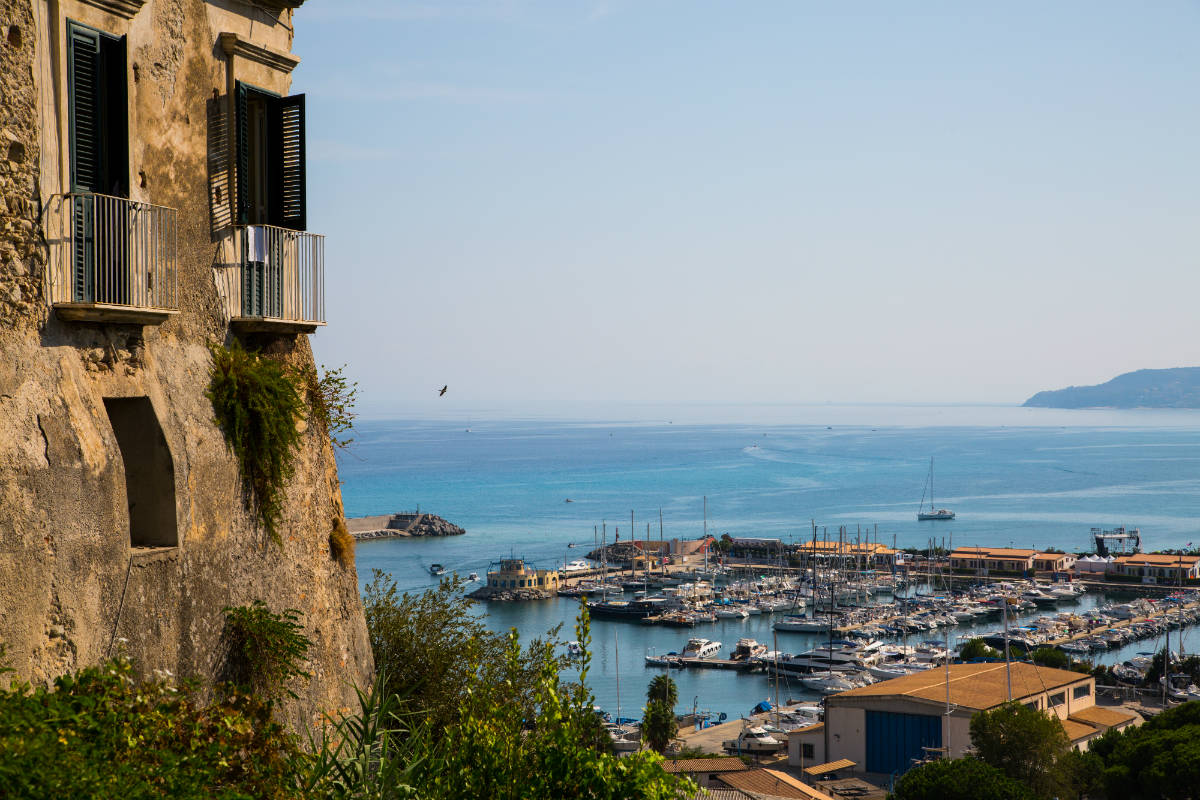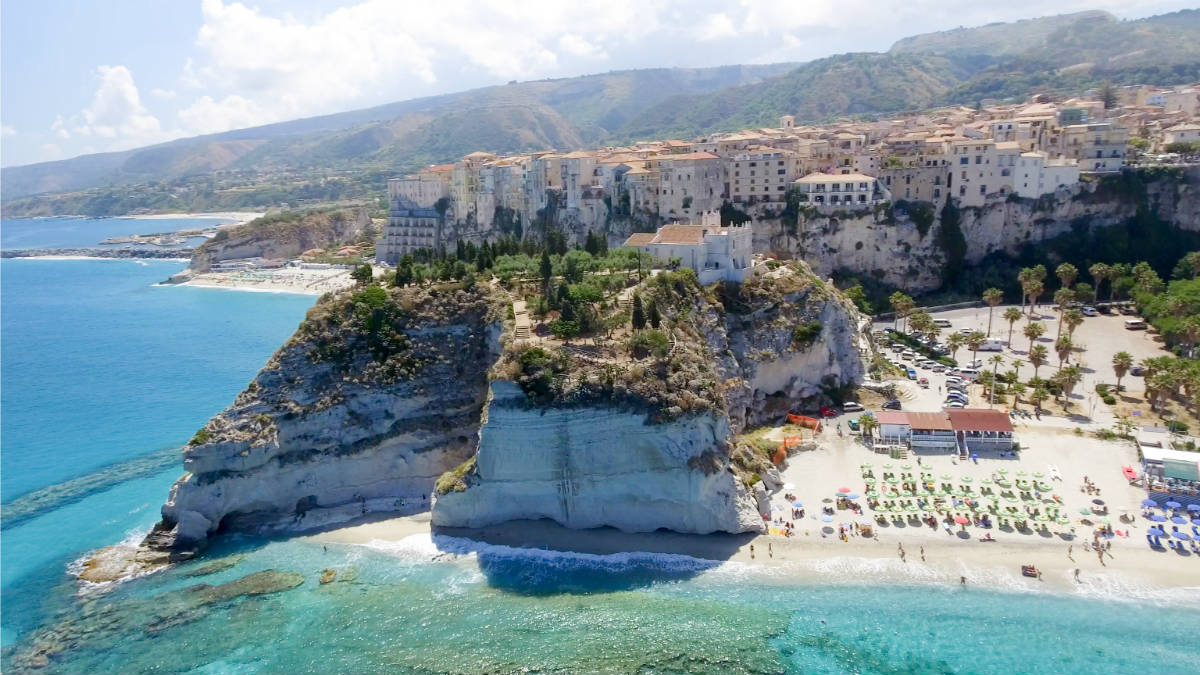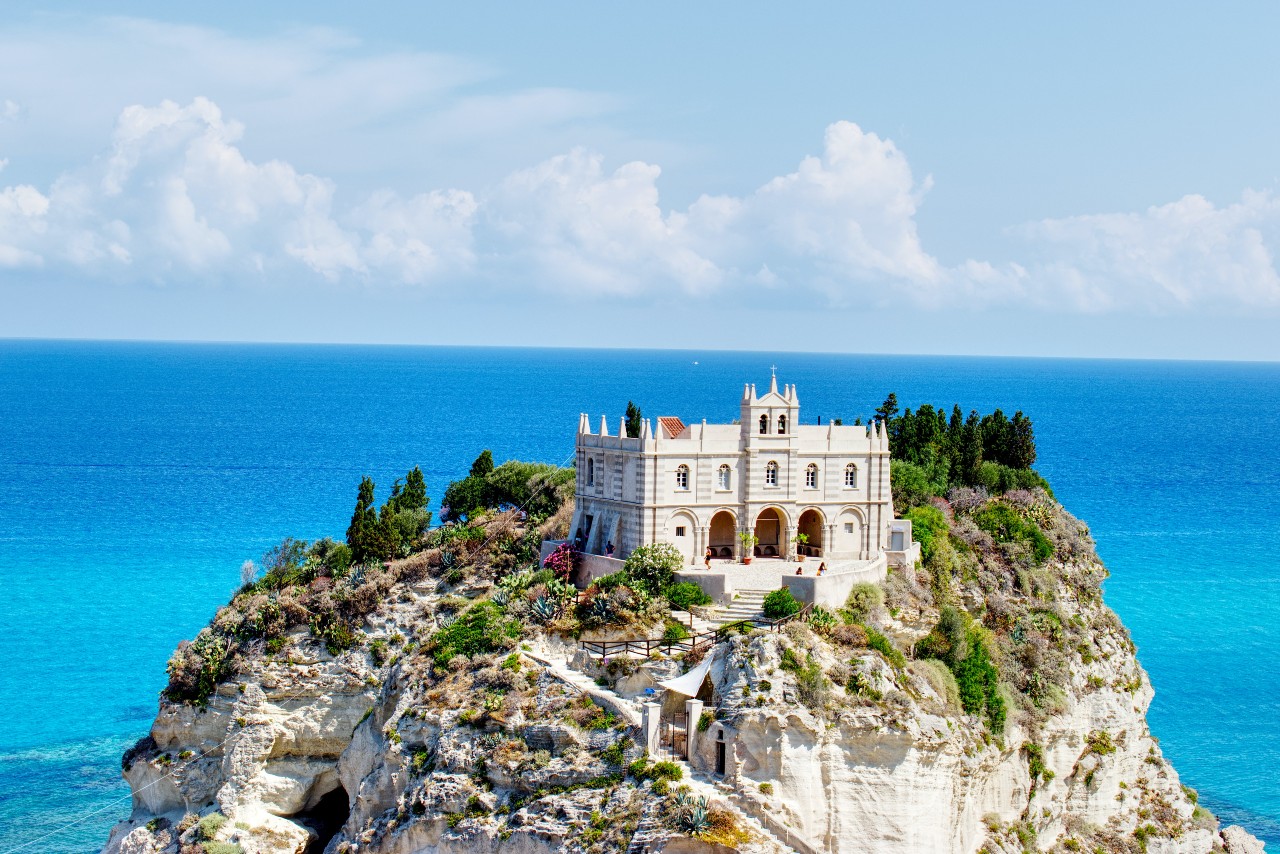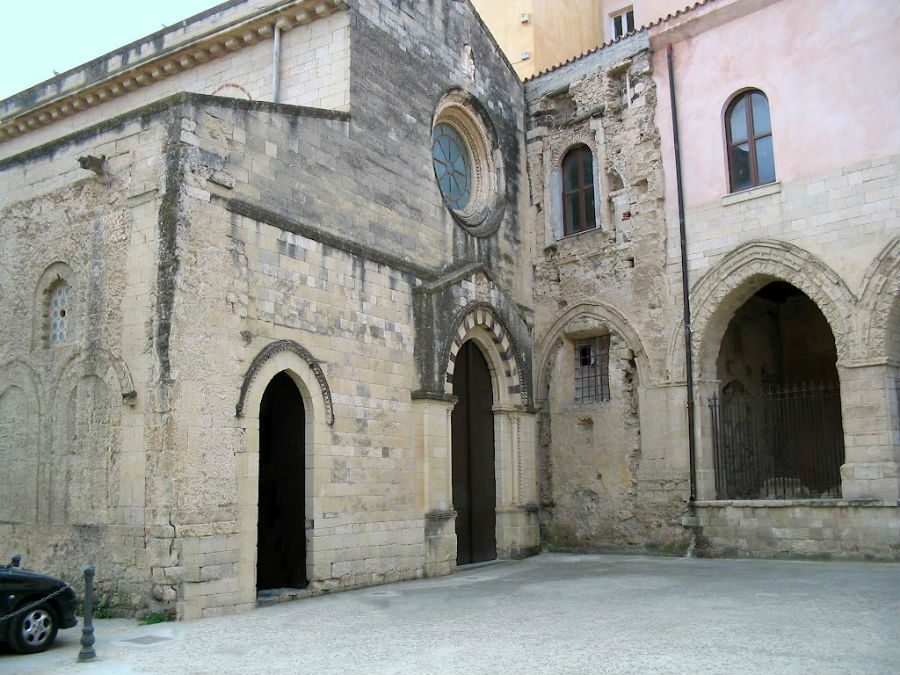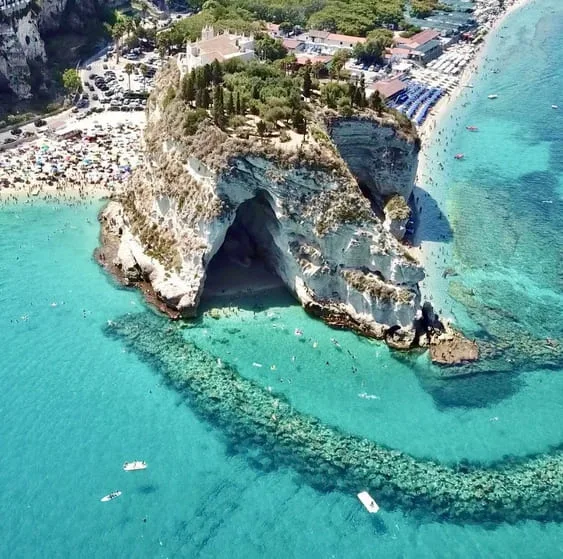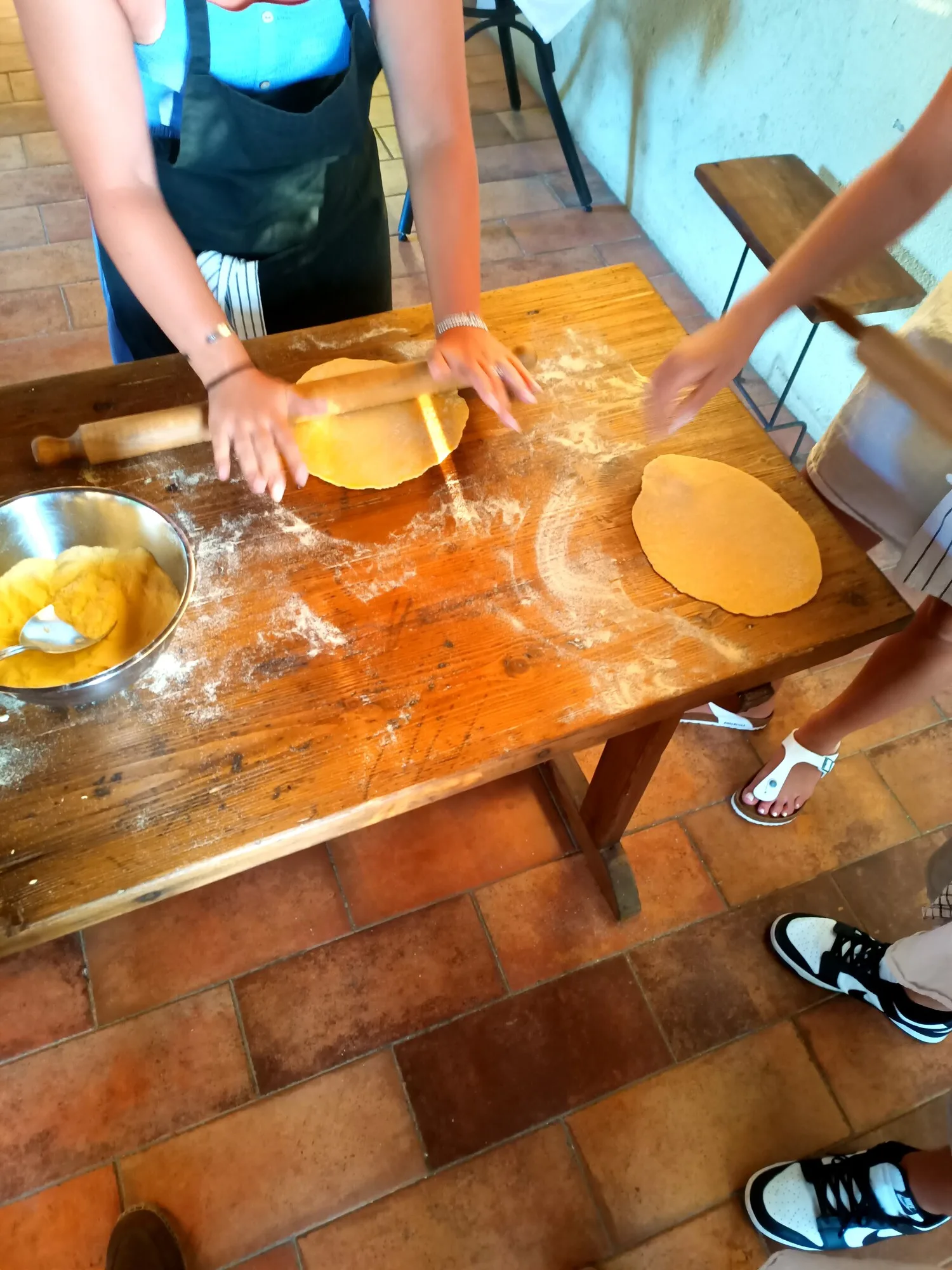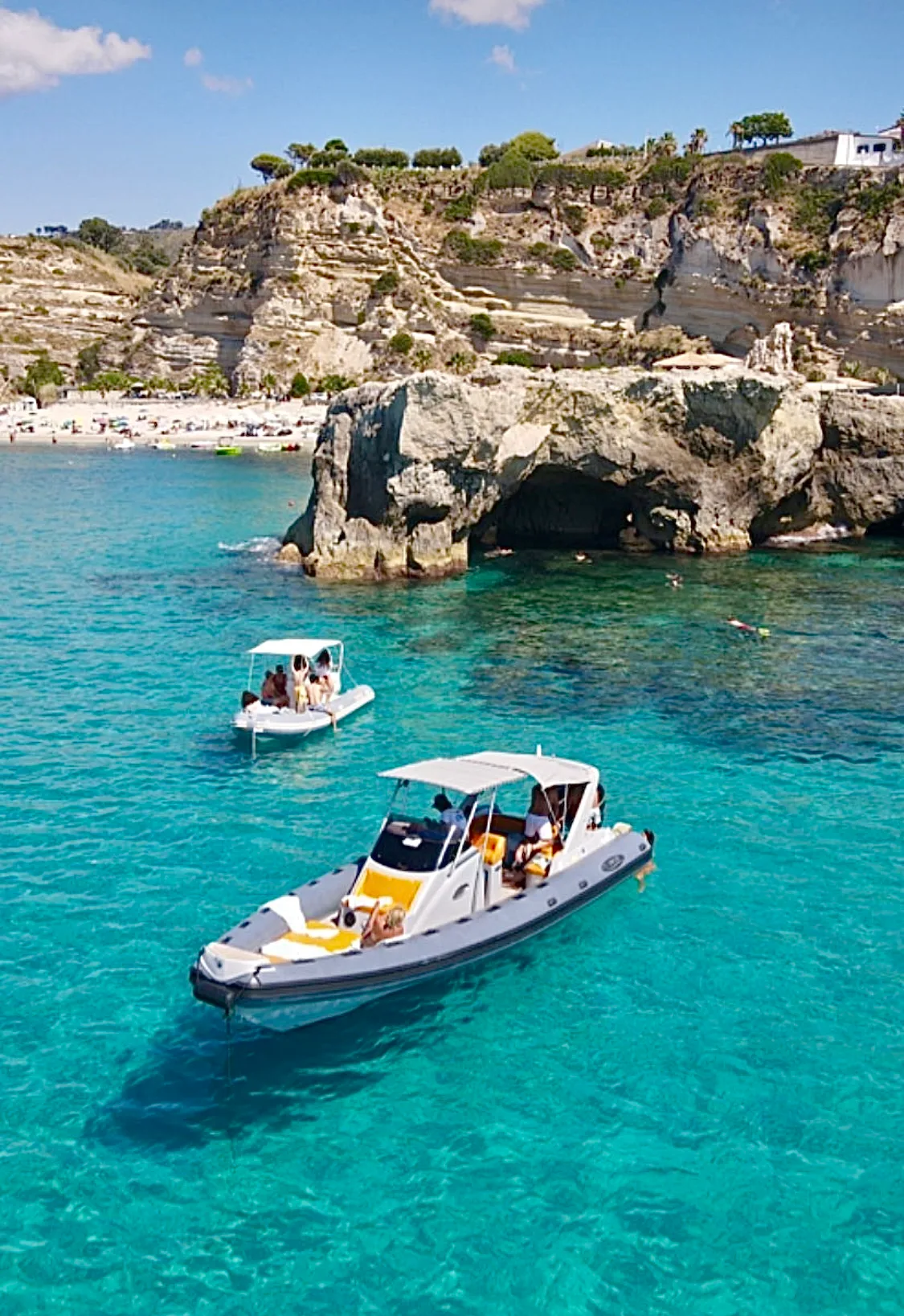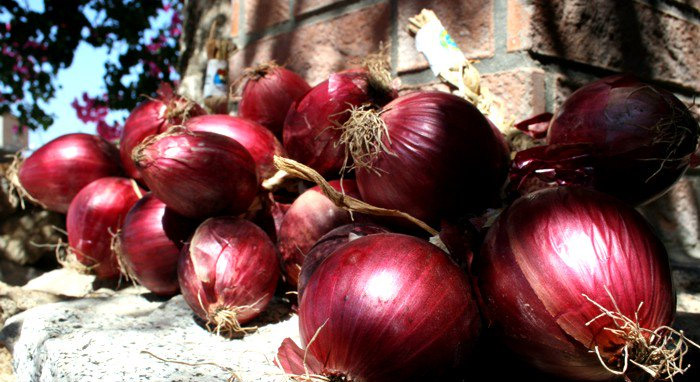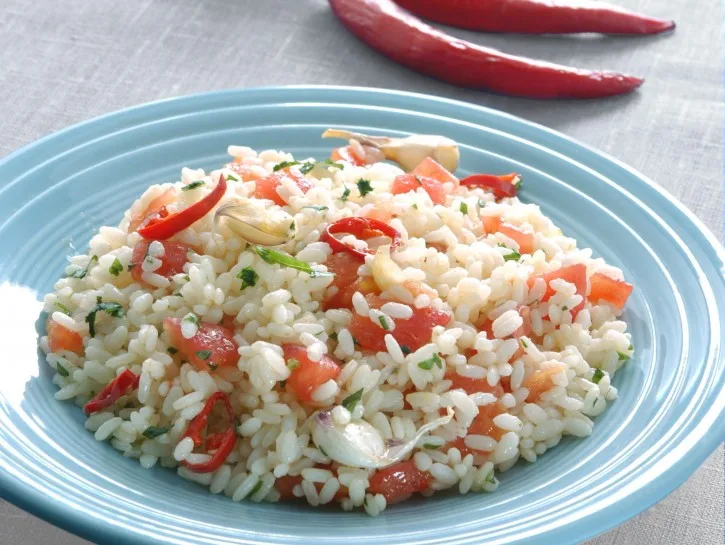The village of Tropea (Tropaea in Latin and Τράπεια in ancient Greek) presents itself as a balcony of rock overlooking the Tyrrhenian Sea. The town is divided in two parts: the upper part, where you will find the majority of the population and where he plays the daily life of the country, and a lower part (called "Marina"), which is located close to the sea and the Port of Tropea. In the upper part, is built on a rock overlooking the sea at a height above sea level which varies between approximately 50 meters at the lowest point and 61 meters at the highest point. The town was a time walled incastellato and on one side and there could only be accessed through the doors provided with defense systems.
The legend wants that the founder has been Hercules when returning from the Columns of Hercules (Spain), stood on the coasts of southern Italy. In nearby areas were found tombs of origin magno-Greek. The history of Tropea begins in roman times, when along the coast Sextus Pompey defeated Caesar Octavian: south of Tropea The Romans had built a commercial port, near the current Santa Domenica, Formicoli (toponym derived from a corruption of the hole of Hercules), they speak about Pliny and Strabone. For its characteristic position of terrace on the sea, Tropea had an important role both in Roman times both in the Byzantine era; many are the ruins left by the Byzantines, as the church on the headland or the city walls (termed "mura Belisario"). After a long siege, the city was torn to the Byzantines by the Normans, under which prospered. Tropea continued to flourish even under the dominion of the Aragoneses.
Note seaside resort, rises on a high ridge of tuff, Tropea overlooking the Tyrrhenian Sea, in Calabria. Of remarkable interest is the historical center of the city, with many noble palaces of the XVIII and XIX century, perched on the cliff overlooking the beach below. Interesting are the "portals" palaces which represented the noble families; some are equipped with large tanks dug in the rock, which served to accumulate the wheat from Monte Poro, which subsequently was loaded through ducts of terracotta on ships moored under the cliff of Tropea. The symbol of the city is the sanctuary of Santa Maria of the island, that rises on a promontory in front of the town.
Of great interest is the Cathedral of the Blessed Virgin Mary of Romania, building of 1100, in romanesque style, containing the sacred effigy of the Madonna of Romania, patron saint of the city. The ancient Convent of the Pietã , built in 1639.In addition, the city houses the Diocesan Museum, containing ori e of the cathedral and several articles of various eras. At the church, the ancient premises of Vescovato, was established a Diocesan Museum, with interesting paintings, sculptures and frescoes, artifacts and furnishings. Recently, moreover, has been opened the archaeological section.
Important is the cultivation of the famous Red Onion, sweeter with respect to the white. Other typical products and crafts of relief are nduja of Spilinga, pecorino cheese of pore, extra-virgin olive oil, wines and terracotta, the baskets, the baskets and panniers wicker.


